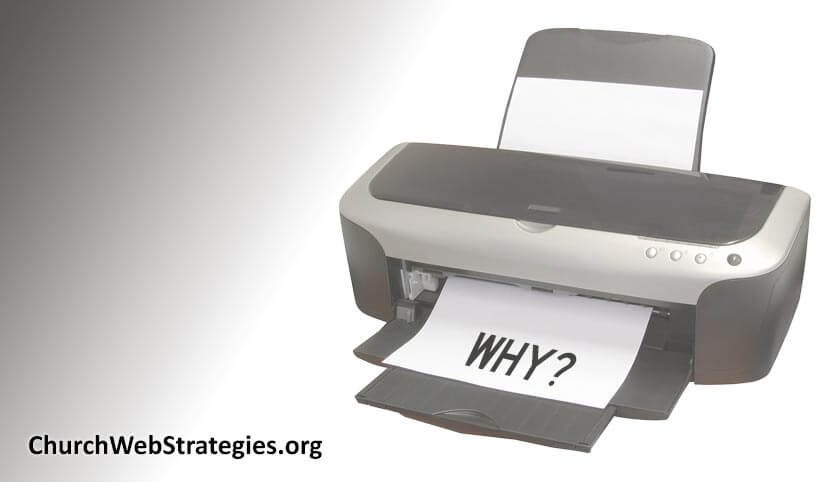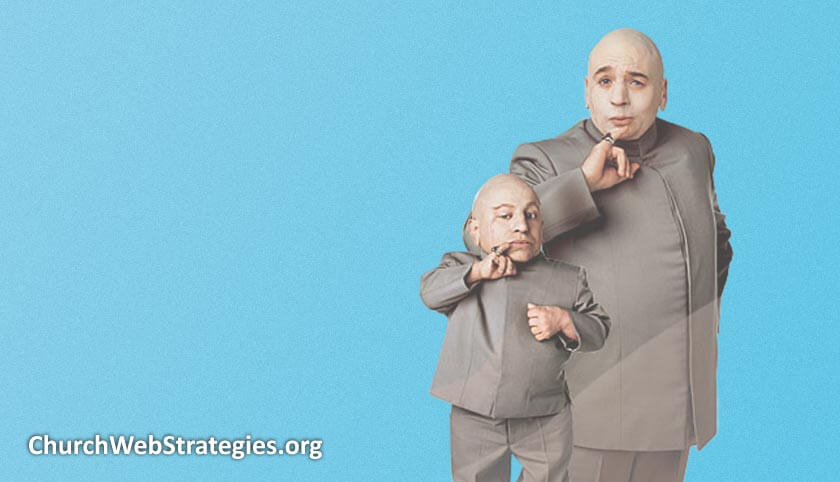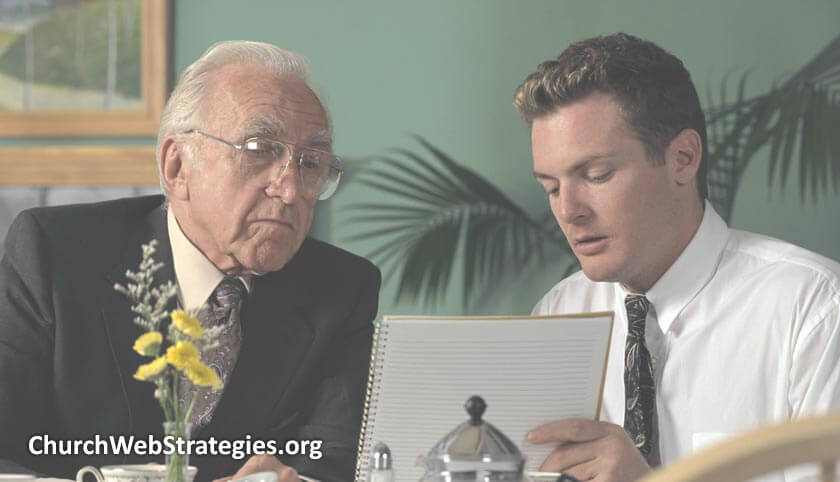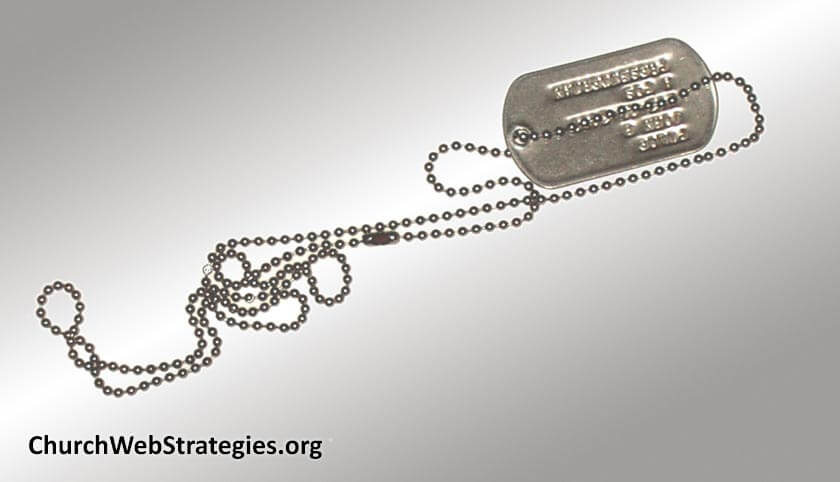Believe it or not, people still print website content. Does your church website account for this? If not, there are specific techniques that when applied to targeted areas of your site; will provide your audience easier offline consumption as well as sharing your information with others.
Tag: User Experience
Effectively Using Church Microsites
In a previous article I talked about landing pages and how your church can use them. Some projects and campaigns require more breathing room, so perhaps a microsite is the solution. Here you can create a unique user experience, strengthen your church’s branding, and even drive traffic to your primary website… and of course fill seats in your church.
4 Steps to Integrate Worship on your Church Website
Many churches, record their sermons to post online; both in video and audio formats. Yet I have found few churches that try to integrate their worship into their websites. Worship is an important part of your typical Sunday service, so here are 4 steps to integrate it into your church’s online experience.
Continue reading “4 Steps to Integrate Worship on your Church Website”
Even If You Are Wrong, Be Consistent
Utilize patterns to create a consistent experience on your church website. Inconsistent designs are more disruptive than a bad design. It forces your users to constantly learn new mechanisms to use the site. Patterns, color palettes, icons and page templates all provide a familiar comfortable experience that keeps your users on your sites and hopefully walking into your church.
Continue reading “Even If You Are Wrong, Be Consistent”
Inspire Confidence on your Website
What if your pastor’s sermon had no major points, no reference to scripture, and no relevance to your daily lives? What if they wore a distracting outfit, talked too quietly, and stuttered? I doubt that pastor’s preaching career would last very long. So why would it be OK for your website to do the same thing? Create good looking, recently updated, relevant websites and you will inspire confidence in your visitors.
Inspiration from a Conversation
I started this blog with an article about conversations, and I feel compelled to revisit the topic. Often everyday experiences can be leveraged for writing. In this case, a quick conversation and questions that arose from it made me think about what can be lost in translation. The weakest form of communication, writing, is what we primarily rely on for our websites. A renewed focus on your church website’s content may help improve your message, and further the Gospel.
Don’t Be Afraid To Take Something Away
If you visited the original website, you may remember when I changed the color scheme of my header image / logo . I took away the colors for the sky and ground. Why? I was doing too much and was not providing enough focus. This blog is about growing church websites. So I drew attention to just that, a growing plant. Much like fasting and isolating yourself for prayer helps you focus; taking something away from your church’s web pages can help users focus.
Continue reading “Don’t Be Afraid To Take Something Away”
Always ask WIFM?
When discerning the future of your church, many people would suggest asking yourself “What Would Jesus Do?”, or WWJD? When designing your webs site, you need to consider it from your user’s perspective. One question they are undoubtedly asking is WIFM?, or “What’s In It For Me?” Your website should always be communicating the value that your church and a Christ-centered life can provide them.
Creating a Great Contact Us Page
Your church has an awesome looking website and published great content… so where is the tidal wave of new members? Perhaps people are finding your site and are very interested, but they cannot connect with you. The primary conversion point on most service oriented websites is the “Contact Us” page. By optimizing that page with multiple options, you remove the barriers that hold some people back from reaching out to you.
Continue reading “Creating a Great Contact Us Page”
Writing for Your Church Web Site
Writing content for your church website is different than any other type of writing. That is because websites are not printed material. Despite what you think, most people will not read your website; they will scan it. Fortunately plenty of research has been conducted on how people read websites, and we can use this data along with industry best practices, to craft good content for your church’s website. Plus you can do all of this while creating content that search engines will rank high. This may be confusing at first, but a few easy steps will ensure all of your audiences can effectively find and comprehend your content.
Continue reading “Writing for Your Church Web Site”
Creating Your Church Web Site Navigation
Aside from what should be on the home page, few things are harder than determining what the navigation structure should be on your church website. It is not only a technical decision, but a business decisions, and in some cases a political decision. Your primary navigation shapes how people use your site and ultimately how easily they can find information on it. By applying some basic information architecture principles you can come up with a structure that fits your individual church and utilizes common practices on the web.
Continue reading “Creating Your Church Web Site Navigation”
Do Not Force Identities on Users
To this day I still do not understand why some companies force users to self-identify. When trying to buy a computer on a major name brand website, you must often declare if you are a home, student, and business customer. What if you are a part-time student who lives at home while running a small business? What do you choose? For church websites, do not ask if the users is an existing member, prospective member, or anything else. Present content that engages all of your target audiences and they will make their own choice.
Continue reading “Do Not Force Identities on Users”












